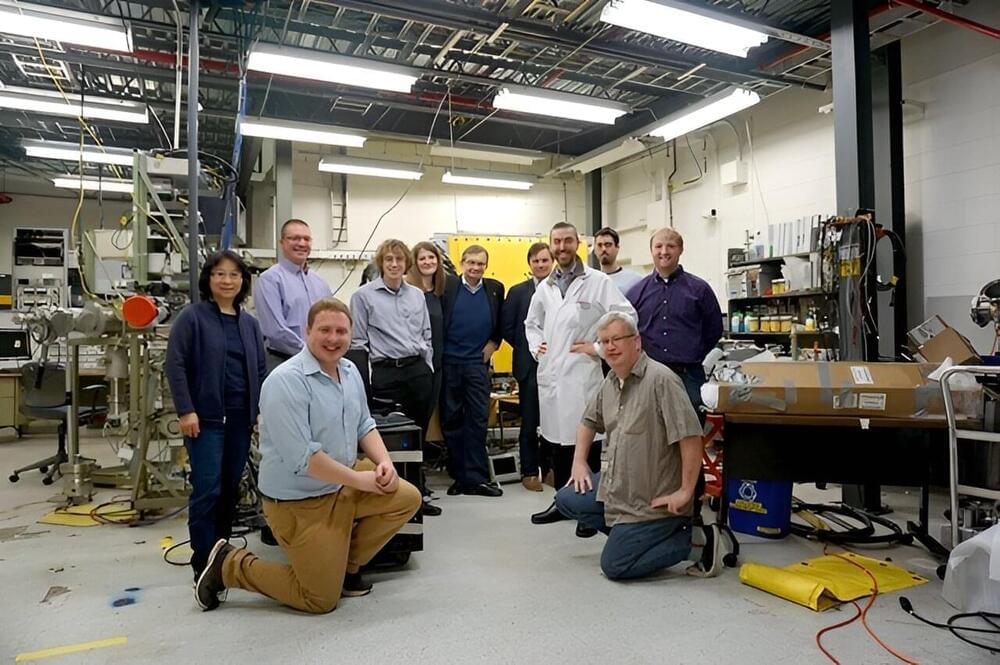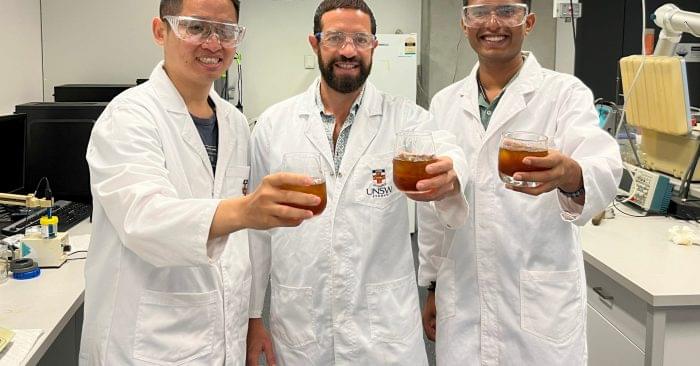The inactivation of one copy of the X chromosome in female mammals may start to fail as they get older, which may be why women have a higher risk of autoimmune conditions such as lupus.


The inactivation of one copy of the X chromosome in female mammals may start to fail as they get older, which may be why women have a higher risk of autoimmune conditions such as lupus.




UNSW Sydney engineers have utilised sound waves to cut the time it takes to make a cold brew coffee from many hours down to mere minutes.
Fans of cold brew coffee often rave about the smoother, less acidic and less bitter taste compared to a regular hot brew.
There’s just one major problem – it takes anywhere from 12 to 24 hours to fully steep the grounds and allow the flavours to slowly be extracted using only cold water.

Because I am often introduced as a “professional skeptic,” people feel compelled to challenge me with stories about highly improbable events. The implication is that if I cannot offer a satisfactory natural explanation for that particular event, the general principle of supernaturalism is preserved. A common story is the one about having a dream or thought about the death of a friend or relative and then receiving a phone call five minutes later about the unexpected death of that very person.
I cannot always explain such specific incidents, but a principle of probability called the Law of Large Numbers shows that an event with a low probability of occurrence in a small number of trials has a high probability of occurrence in a large number of trials. Events with million-to-one odds happen 295 times a day in America.
In their delightful book Debunked! (Johns Hopkins University Press, 2004), CERN physicist Georges Charpak and University of Nice physicist Henri Broch show how the application of probability theory to such events is enlightening. In the case of death premonitions, suppose that you know of 10 people a year who die and that you think about each of those people once a year. One year contains 105,120 five-minute intervals during which you might think about each of the 10 people, a probability of one out of 10,512 — certainly an improbable event. Yet there are 295 million Americans. Assume, for the sake of our calculation, that they think like you. That makes 1/10,512 × 295,000,000 = 28,063 people a year, or 77 people a day for whom this improbable premonition becomes probable.




During today’s earnings call covering the second fiscal quarter of 2024, Apple CEO Tim Cook again spoke about Apple’s work on generative AI. He said that Apple has “advantages” that will “differentiate” the company in the era of AI, and some “very exciting things” will be shared with customers in the near future.
We continue to feel very bullish about our opportunity in generative AI. We are making significant investments and we’re looking forward to sharing some very exciting things with our customers soon.
We believe in the transformative power and promise of AI and we believe we have advantages that will differentiate us in this new era, including Apple’s unique combination of seamless hardware, software and services integration, groundbreaking Apple silicon with our industry leading neural engines, and our unwavering focus on privacy, which underpins everything we create.